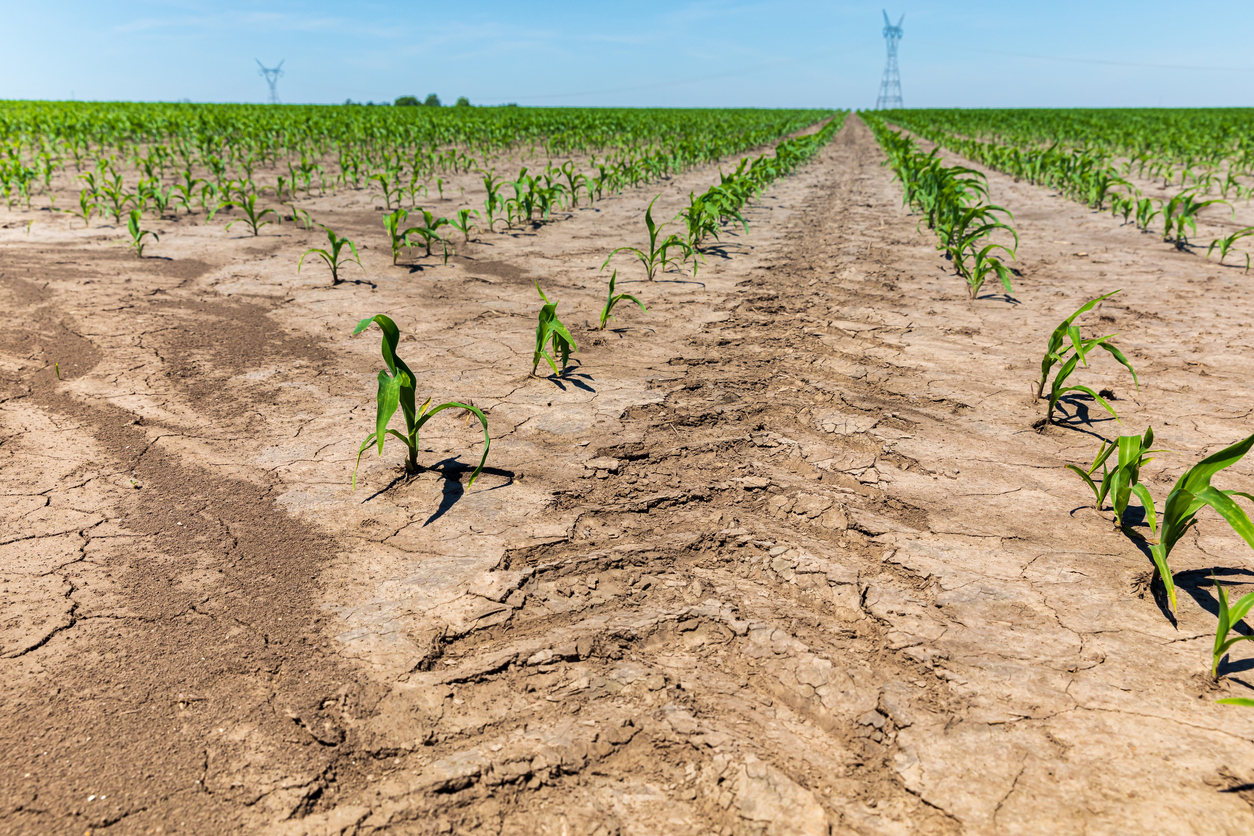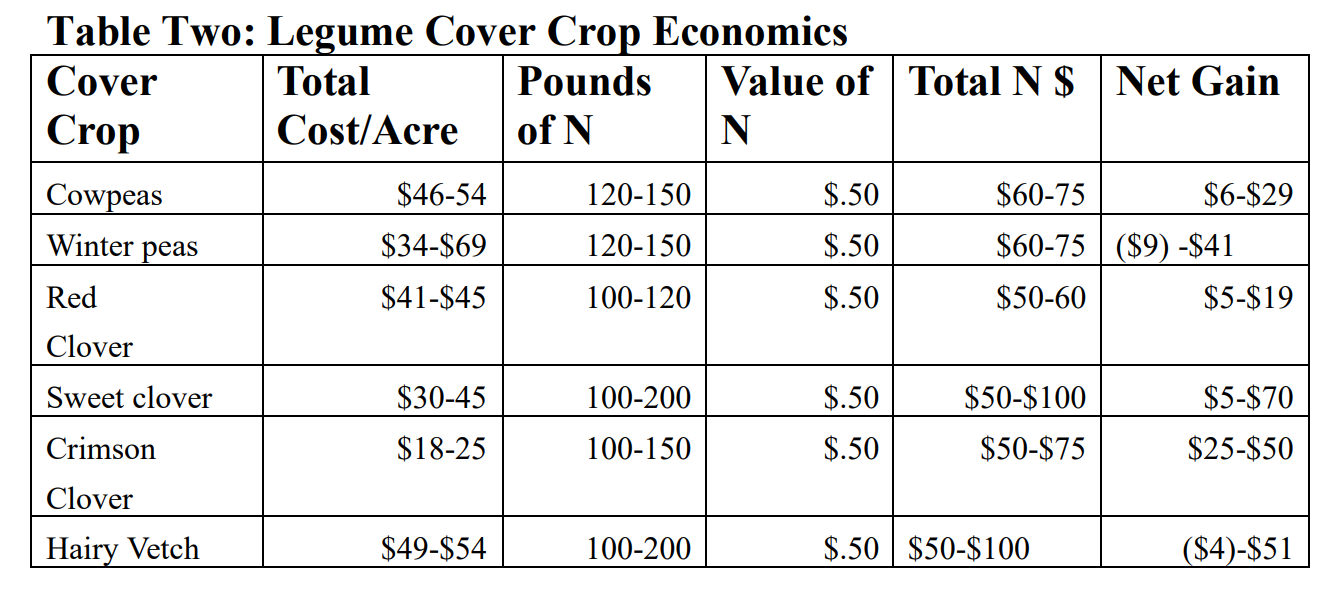Soil Compaction Remedies

Farmers have harvested most of their soybeans and corn. Most fields have been dry (until this week) and farmers are looking to fix compaction problems. This article came from Sjoerd Duiker, Penn State (CORN newsletter 2015-35) and discusses ways to 1) increase soil resiliency to compaction, 2) to avoid compaction, and 3) ways to alleviate compaction. First, soil resiliency is a term that describes the ability of an ecosystem to resist disturbance by resisting damage and recovering rapidly. Soil can be made to resist compaction by eliminating tillage, increasing organic matter content, and maintaining a living soil root system. Long-term no-till farmer will testify that tires sink deeper in tilled soil. Any soil that was tilled will be more susceptible to compaction than a soil that has been in no-till continuously. Increasing organic matter content increases the soil resiliency to compaction, because the spongy humus maintains porosity and also increases aggregate stability. Finally, a...





